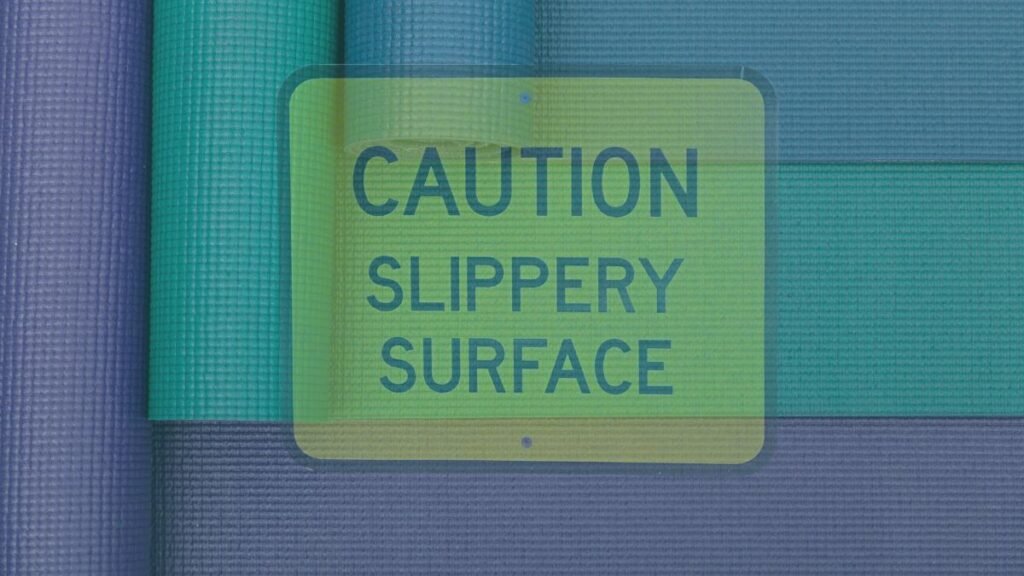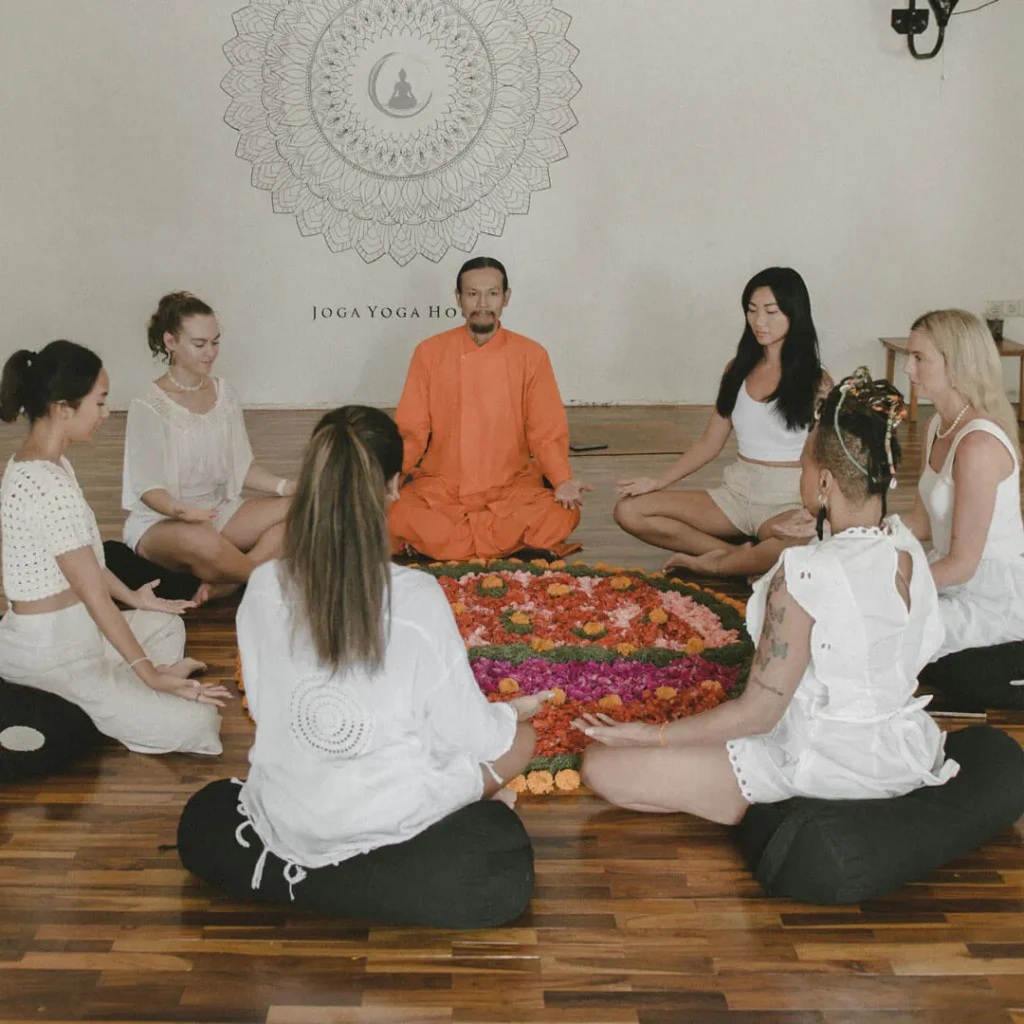If you’ve ever slipped in Downward Dog or struggled to hold a Warrior pose because your mat felt like ice, you’re not alone. A slippery yoga mat can ruin your focus and make your practice unsafe. The good news is, fixing it is simple. Whether it’s caused by sweat, dust, or a new mat’s coating, this guide will show you ten easy ways to get better grip and enjoy your practice again.

Why Yoga Mats Get Slippery in the First Place
Before you reach for sprays or towels, it helps to understand why your mat gets slippery. Knowing the cause makes it easier to find the right solution for your type of mat and practice.
Sweat and Moisture Buildup
One of the most common reasons your yoga mat becomes slippery is sweat. When you move through poses, your palms and feet release moisture that builds up on the surface.
Mats made from PVC or TPE are more likely to get slick when wet, while rubber or cork mats usually hold better traction. If you do hot yoga or intense Vinyasa flows, the extra heat and sweat can make even a good mat slippery.
This is why many yogis use yoga towels or grip sprays to absorb moisture and create friction. A simple change in your routine, like wiping your mat mid-class, can make a big difference.
Brand-New Mats with a Coating
If your yoga mat feels slippery when it’s new, it might not be your fault. Many mats come with a thin factory film that helps protect the material during shipping. That layer can feel slick until it wears off or gets cleaned.
You can remove this coating by wiping your mat with a mix of warm water and mild soap or vinegar. Another way is to use your mat regularly for a week or two until the surface breaks in naturally.
Avoid harsh cleaners, since they can damage the grip or leave residue that makes the problem worse. A gentle scrub and a few practices are often enough to bring out the mat’s true texture.
Dust, Oil, and Residue Over Time
Even the best yoga mats lose grip over time if they aren’t cleaned often. Sweat, skin oil, lotion, and dust slowly build up on the surface, creating a thin slippery film that blocks traction.
A simple cleaning routine can restore your mat’s natural grip. Wipe it down after every few sessions with a mat spray or water-and-vinegar mix, and let it air dry completely before rolling it up.
If your mat feels greasy or sticky instead of smooth, it’s time for a deep clean. Keeping your mat clean not only improves grip but also extends its lifespan and prevents bacteria buildup.
10 Effective Ways to Fix a Slippery Yoga Mat
If your yoga mat keeps sliding or feels too smooth, don’t worry. You don’t need a brand-new mat to solve the problem. These simple and affordable tips will help you create better grip, improve balance, and make your practice safer and more enjoyable.
1. Use a Yoga Towel for Grip and Sweat Absorption
A yoga towel is one of the easiest and most effective fixes. Lay it over your mat before class to absorb sweat and create traction.
Microfiber yoga towels are great options because they get grippier as they get wet. If you’re not sweating yet, lightly mist the towel with water before starting your session. This helps it stick to the mat right away.
Hot yoga students swear by this trick. It keeps your mat dry and your movements steady throughout class.

2. Lightly Mist or Sprinkle Water on Your Mat
A small amount of water can make a big difference. Spray or sprinkle a thin layer on the mat where your hands and feet usually go.
This technique adds instant grip, especially in hot yoga or fast-paced classes where sweat builds up quickly. Just be careful not to pour too much water…you want traction, not puddles.
3. Try Liquid Chalk for Hands and Feet
Liquid chalk gives you strong grip control without sticky residue. Apply a small amount to your palms and soles before class, let it dry for a few seconds, and you’ll feel a clear difference.
It’s perfect for poses like Downward Dog, Plank, or Crow, where slipping hands can throw off your balance. When class ends, rinse your hands and feet, it washes right off.
4. Use a Non-Slip Grip Gel
Grip gels are another quick solution for sweaty practices. Rub a tiny amount onto your hands or feet, and it will dry into a thin tacky layer that improves traction.
These gels are gentle on skin and mats but should be used sparingly. A little goes a long way. Overusing them might make your mat feel sticky or gummy.
5. Upgrade to a Naturally Grippy Mat (Cork or Rubber)
Sometimes, the best fix is a better mat. Mats made from cork, natural rubber, or suede naturally provide stronger grip than basic PVC mats.
Popular grippy mats include:
- Liforme – durable, eco-friendly, and great traction
- B Mat – perfect for hot yoga and heavy sweating
- Lululemon Reversible Mat – absorbs moisture while staying stable
These mats cost more upfront but last for years and perform better in every condition.
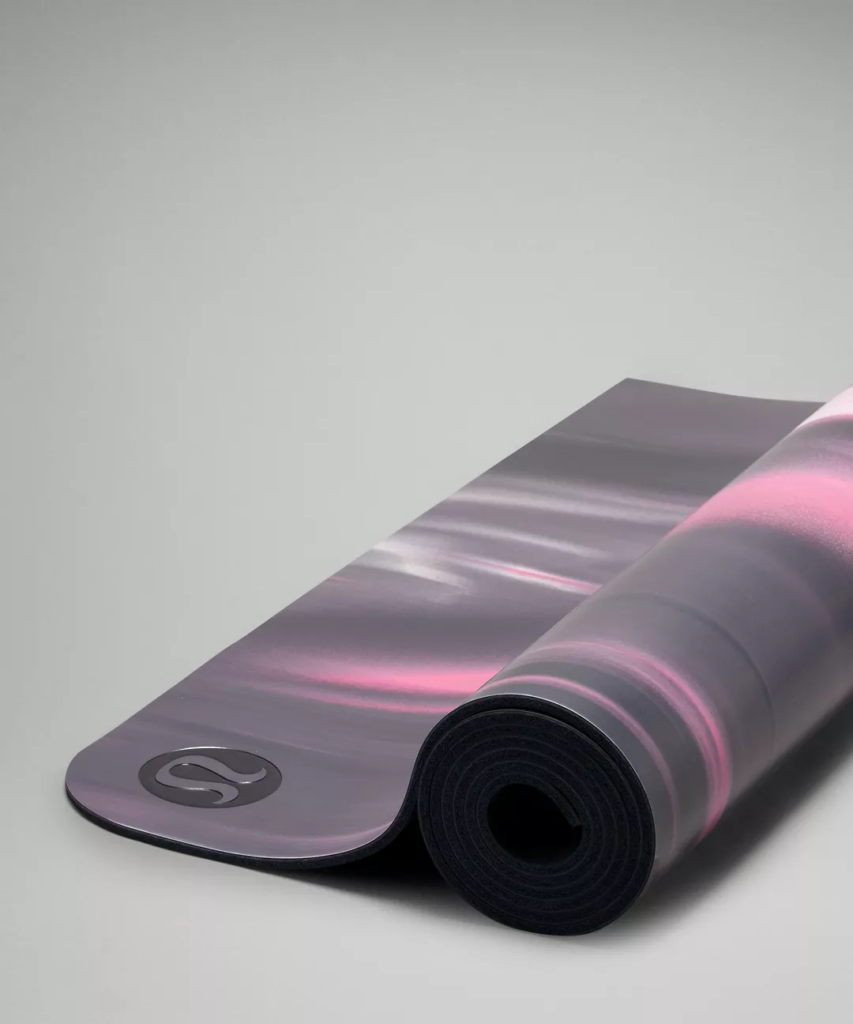

6. Try Yoga Paws or Grippy Gloves and Socks
If you travel often or practice on slippery floors, Yoga Paws are a great alternative. They’re small gloves and socks with built-in grip pads that stick to your skin, letting you practice anywhere, from hotel rooms to parks.
They’re perfect for people who find mats too bulky or who want extra control in poses that rely on hand and foot pressure.
7. Use Towel Clips or Corners
If you already use a yoga towel but it keeps bunching up, towel clips can help. Clip the towel to the top and bottom edges of your mat to keep it from sliding.
This is especially helpful during fast Vinyasa flows or hot yoga classes, where movement and sweat can make your towel shift.
8. Choose a Suede or Microfiber Yoga Mat
Suede and microfiber mats are designed to get grippier as you sweat. These mats combine the comfort of a towel with the structure of a standard mat, making them ideal for hot yoga or high-intensity flows.
They’re soft, easy to clean, and stylish. Just remember to mist them lightly before class if you’re starting dry.
9. Keep a Spray Bottle Handy
Bring a small spray bottle with water to every class. A quick mist before or during practice can keep your mat’s grip consistent.
You can also mix a few drops of essential oil for a refreshing scent, or a pinch of salt to boost stickiness naturally. Just avoid soaking the mat, since too much moisture can make it slippery again.
10. Clean and Maintain Your Mat Regularly
The most overlooked fix is also the most effective. Clean your mat often to remove oil, sweat, and dirt that reduce friction.
Use a gentle mat cleaner or a simple mix of water and vinegar. Wipe both sides, let it dry completely, and store it in a cool, dry place.
A clean mat not only grips better but also lasts longer and smells fresher.
Regular maintenance and a few of these small changes can completely transform how your mat feels under you. With the right grip, you’ll move with more confidence, focus better, and enjoy every pose…no sliding required.
Bonus Tips: How to Stop Your Mat from Slipping on the Floor
Sometimes it’s not just your hands or feet slipping, it’s the whole mat sliding around. That can be just as distracting and even dangerous during standing or balance poses. Here are a few simple fixes to keep your mat steady on any surface.
1. Place a Rug Pad or Non-Slip Underlay Beneath Your Mat
If your mat moves on tile or hardwood floors, use a thin rug pad or non-slip underlay underneath. These grip the floor and anchor your mat in place, creating a solid base for your practice.
2. Make Sure the Floor Is Dry and Dust-Free
A dusty or wet floor can make even the grippiest mat slide. Before starting, wipe or sweep your space and make sure it’s clean and dry. It takes less than a minute and keeps your mat stable throughout class.
3. For Carpets, Use a Heavier Mat or Layer Two Mats
If you practice on carpet, your mat might bunch or shift because of the soft surface. The fix is simple: use a heavier mat or place a second mat underneath. The added weight and thickness help your setup stay flat and secure.
Best Non-Slip Yoga Mats for Sweaty Hands and Hot Yoga
If you practice regularly and still struggle with grip, it might be time for an upgrade. These mats are made with special materials that improve traction as you sweat, giving you peace of mind in every pose.
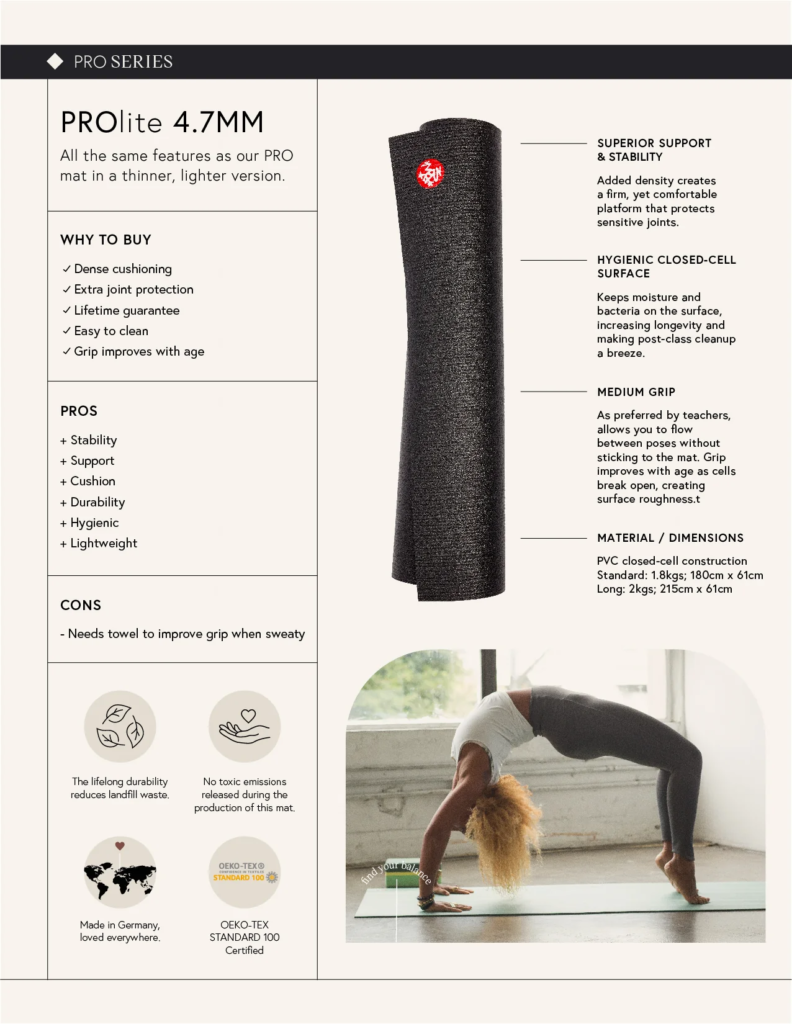
| Brand | Material | Key Feature | Price Range |
| Liforme | Natural rubber | Very grippy, eco-friendly | €100–€130 |
| B MAT | Natural rubber | Great for hot yoga | €70–€90 |
| Lululemon Reversible Mat | Polyurethane top | Sweat absorbent | €90–€120 |
| Manduka PRO | PVC | Long-lasting, lifetime warranty | €100–€140 |
| Gaiam Cork Mat | Cork + rubber | Gets grippier when wet | €60–€80 |
Maintenance Routine to Keep Your Mat Grippy Longer
A little care goes a long way in keeping your yoga mat safe, clean, and steady. Follow these simple habits to maintain grip and extend your mat’s life.
1. Clean After Every Few Sessions
Wipe your mat regularly with a gentle cleaner or a mix of water and vinegar. This removes sweat, oil, and dust that cause slipping. Let it air dry fully before rolling it up.
2. Avoid Lotions or Oils Before Practice
Creams and body oils transfer easily to your mat, leaving a slick film that’s hard to remove. If you like using lotion, apply it at least an hour before practice.
3. Store in a Cool, Dry Place Out of Sunlight
Sunlight and heat can dry out your mat’s surface and make it less sticky. Keep it rolled up in a shaded corner or use a mat bag for protection.
4. Replace Mats Every 1–2 Years if Used Daily
Even the best mats wear down over time. If your mat has lost its texture or feels smooth and shiny, it’s time for a replacement. A new mat will restore grip and support your body better.
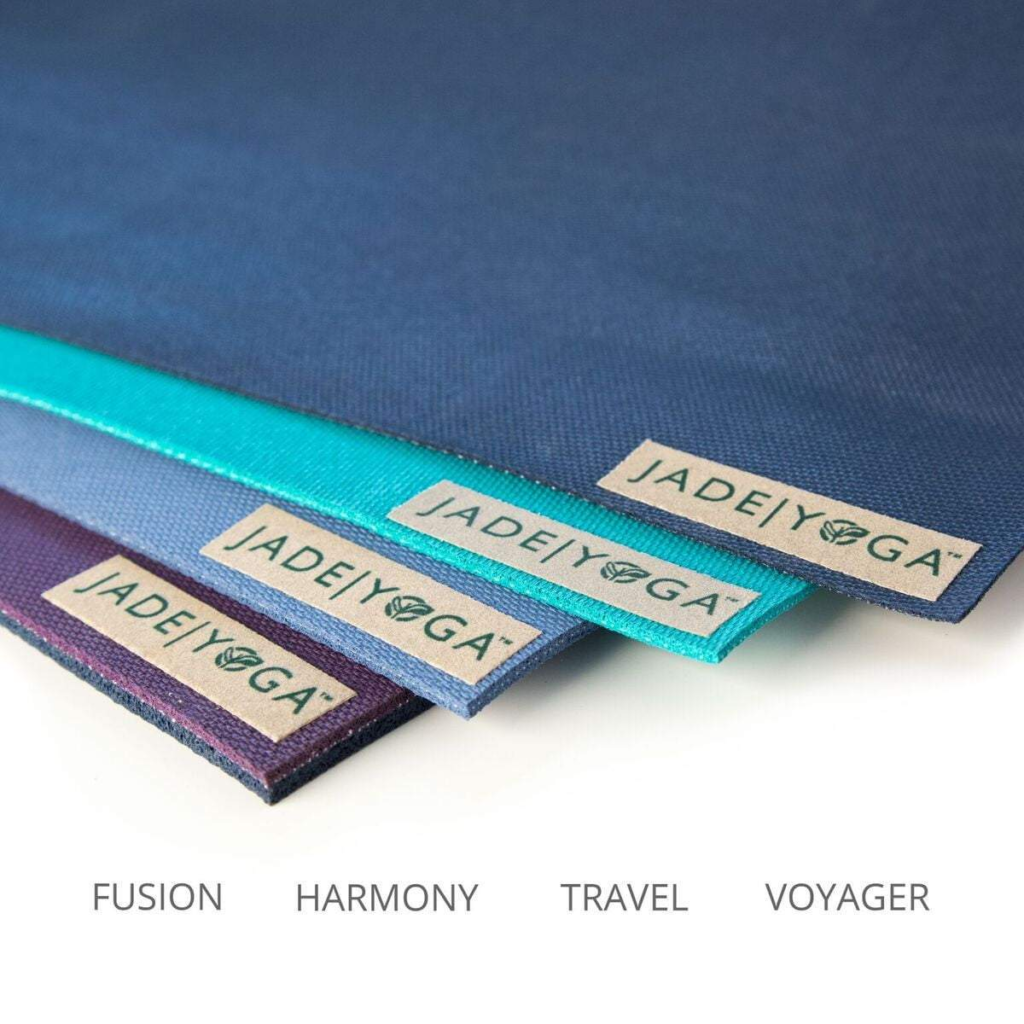
Final Thoughts: Stay Grounded, Not Slippery
A slippery mat can throw off your focus, but it’s easy to fix with the right habits. A clean surface, steady towel, or upgraded mat can make every pose feel strong and secure.
Your mat should support your flow, not fight it. With a few small changes, you’ll feel more confident and balanced each time you step on it.
Train Smarter. Practice Better. Visit Joga Yoga Teacher Training in Bali for more expert yoga tips and certified programs.

FAQs About Slippery Yoga Mats
Why is my new yoga mat slippery?
Most new mats come with a factory coating to protect them. Clean it before first use with warm water and vinegar to remove the layer and reveal the natural texture.
What’s the best mat for sweaty hands?
Cork and natural rubber mats are the best options. They actually get grippier as you sweat, making them perfect for hot or dynamic yoga.
Can I make my mat sticky again?
Yes. Clean it regularly, mist it with water before class, or use a small amount of grip gel to restore traction.
Is water safe for all mats?
Be careful with foam or PVC mats. Too much water can damage them. Always test a small area first before using any cleaning or grip method.




